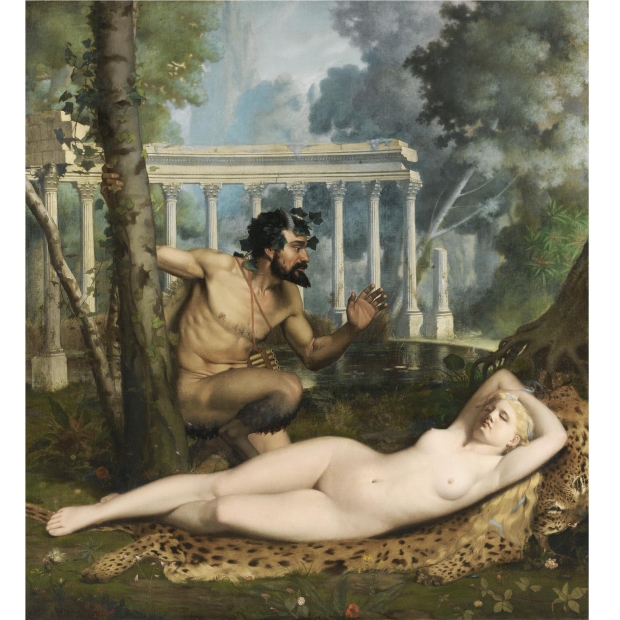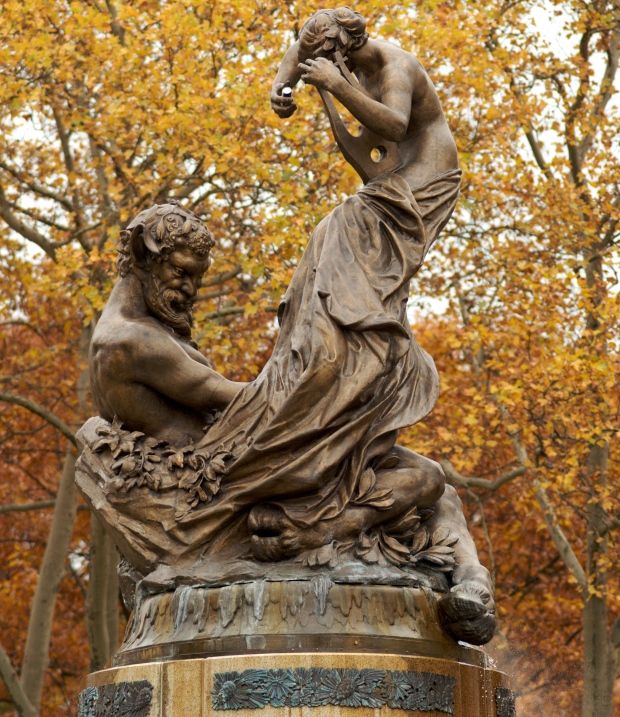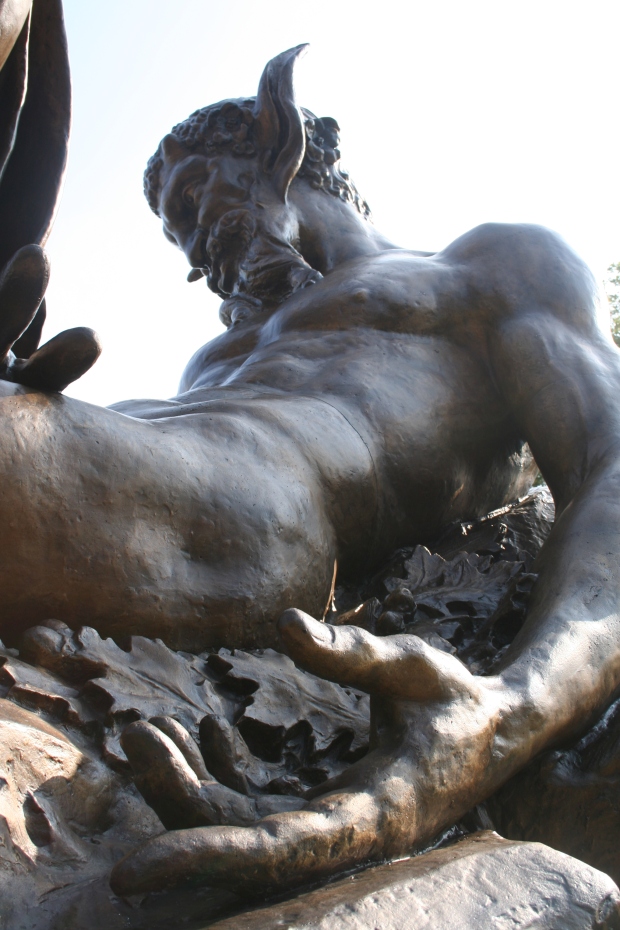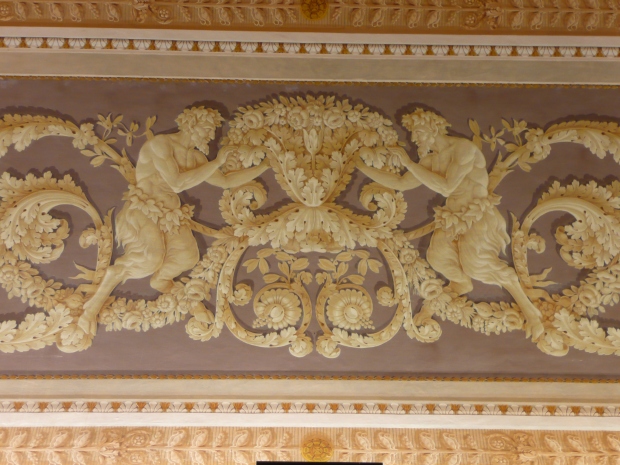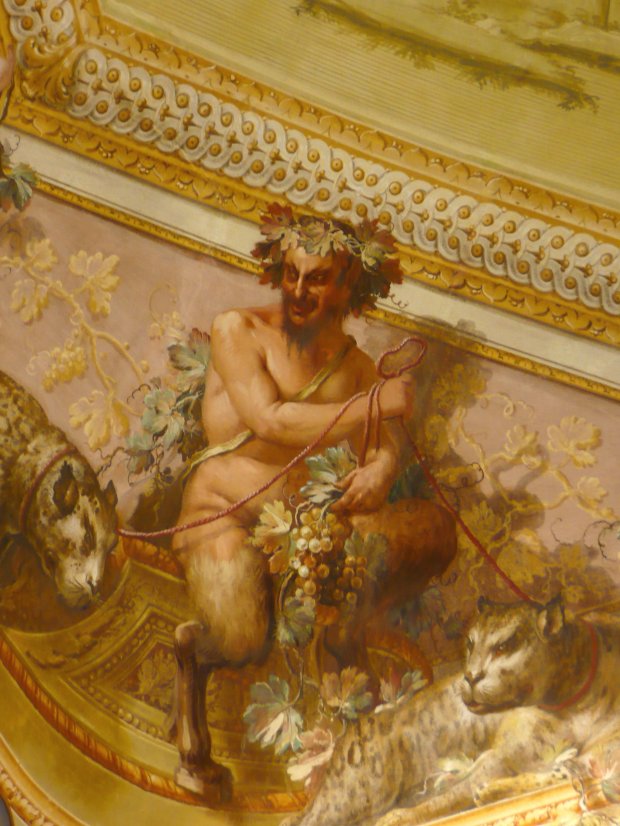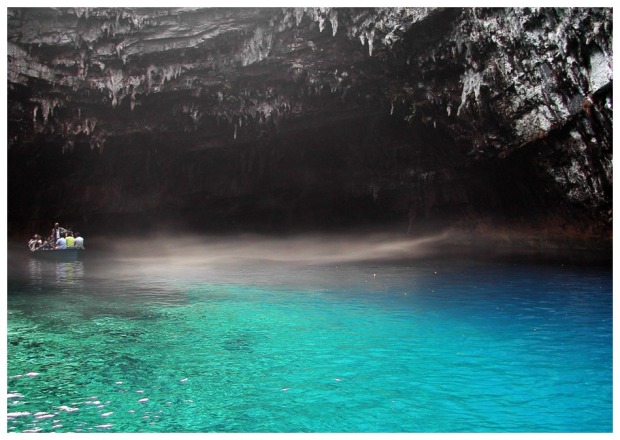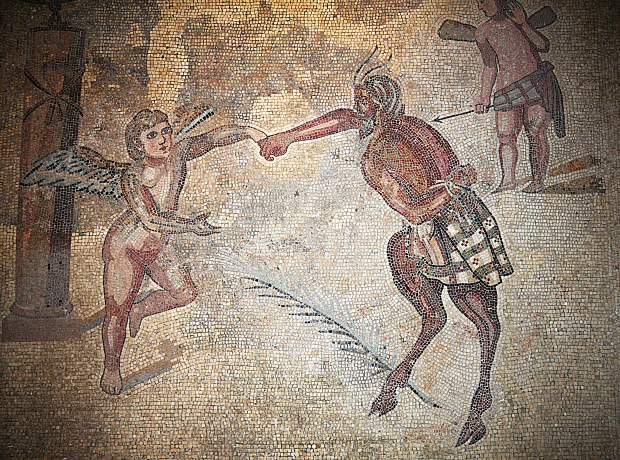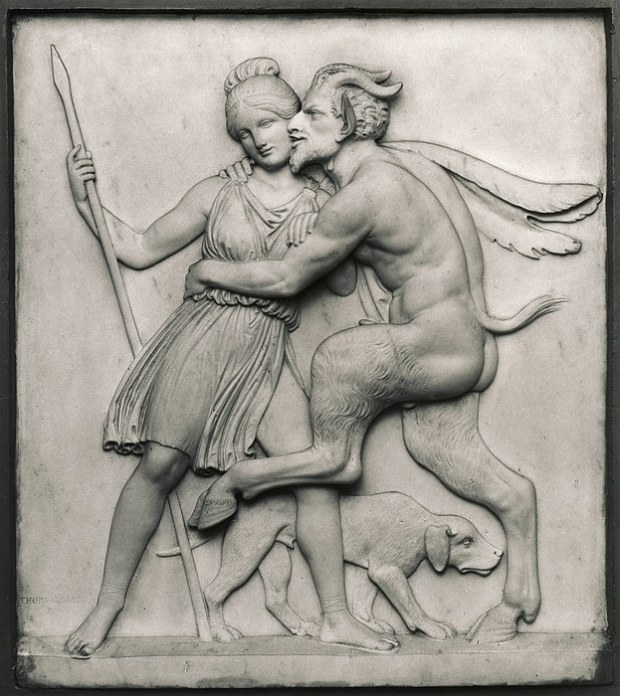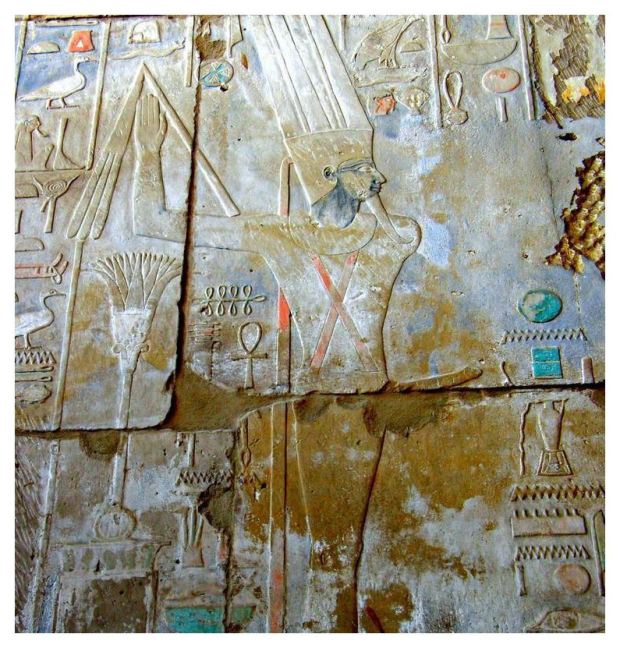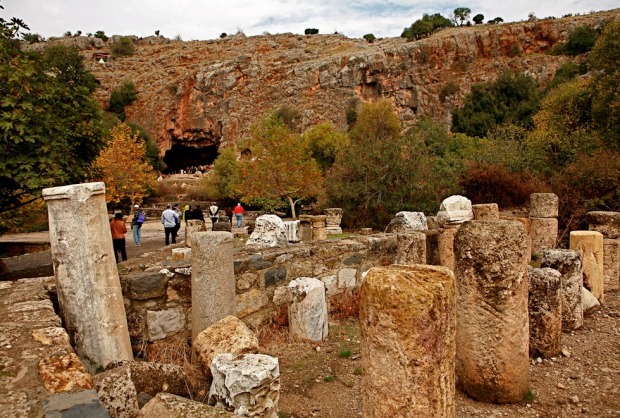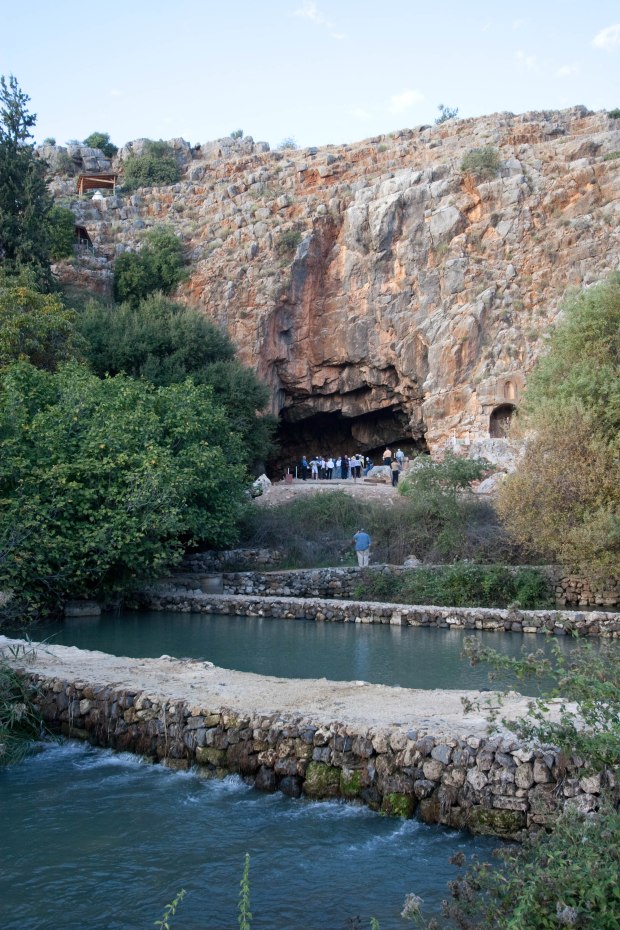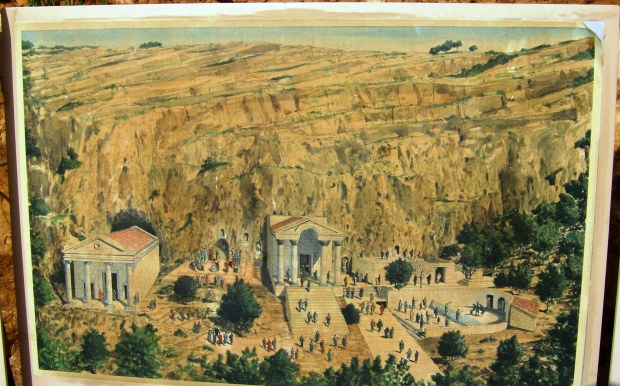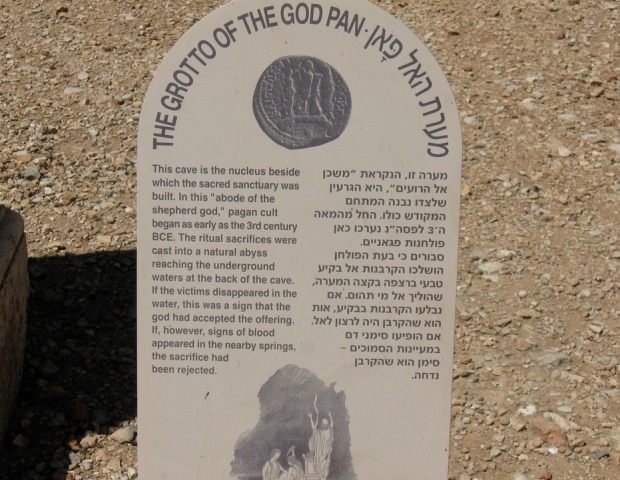Pan and Venus, 1865 – by Adolphe-Alexandre Lesrel.
Monthly Archives: March 2014
PAN AND NYMPH “A SONG TO NATURE”
Amazing Pan and Nymph statue. This is called “A song to Nature”. Located on the Mary Schenley Memorial Fountain, sculpted by Victor D. Brenner.
(Photo credit: www.flickr.com/photos/nooks/)
FRESCO MURAL AT CASERTA HOUSE
PAN AT CASERTA PALACE
THE CAVE LAKE OF MELISSANI (PAN WORSHIP)
An enchanting cave in Kefalonia (Western Greece), located at Karavomilo near Sami. In antiquity the lake was a place of worship for the god Pan and the nymph Melissanthi. According to story, Melissanthi drowned herself in the lake over her unrequited love of Pan. There is also a shrine dedicated to Pan, where the findings included a clay figure of Pan, a plate depicting dancing nymphs, a clay tablet depicting a procession of nymphs and a small tablet with a relief carving of a female figure. These findings are now on display at Argostoli Archaeological Museum.
(Photo credit: www.flickr.com/photos/33312896@N07/)
PAN (unknown location)
PAN AND EROS
Old mosaic depicting Pan and Eros.
(Photo credit: http://www.flickr.com/photos/belencantero/)
PAN AND ARTEMIS
MIN, Egyptian Fertility god and his connection to Pan
The Egyptian god Min has very strong parallels with Pan. In fact, some believe Min may even be Pan who is thought to be far more ancient than some believe. Min is a god of fertility and sexuality, particularly male sexuality. He is also depicted as ithyphallic (erect and uncovered) just as Pan is. The Greeks were aware of this connection and identified Min as connected to Pan, during many of their fertility and orgiastic rites.
The prickly plant Lactuca virosa is sacred to Min, an aphrodisiac which secretes a milky substance (likened to semen).
Min is also a god of Agriculture.
(Photo credit: www.flickr.com/photos/amberinsea/)
Caesarea Philippi (GROTTO OF PAN)
Banias is an archaeological site by the uninhabited former city of Caesarea Philippi, located at the foot of Mount Hermon in the Golan Heights.The site is 150km north of Jerusalem and 60km southwest of Damascus. The city was located within the region known as the “Panion” (the region of the Greek god Pan), and is named after the deity associated with the grotto and shrines close to the spring called “Paneas”. Pan’s Grotto in Caesarea Philippi (Panias) was a temple to Pan, an ancient cave where worshipers would bring sacrifices to the goat god. Ecstactic parties, orgies, and other worship to Pan, took place outside the cave. When a sacrifice was thrown into the sacred waters, if it disappeared, Pan accepted the sacrifice, if it did not, he rejected it.

